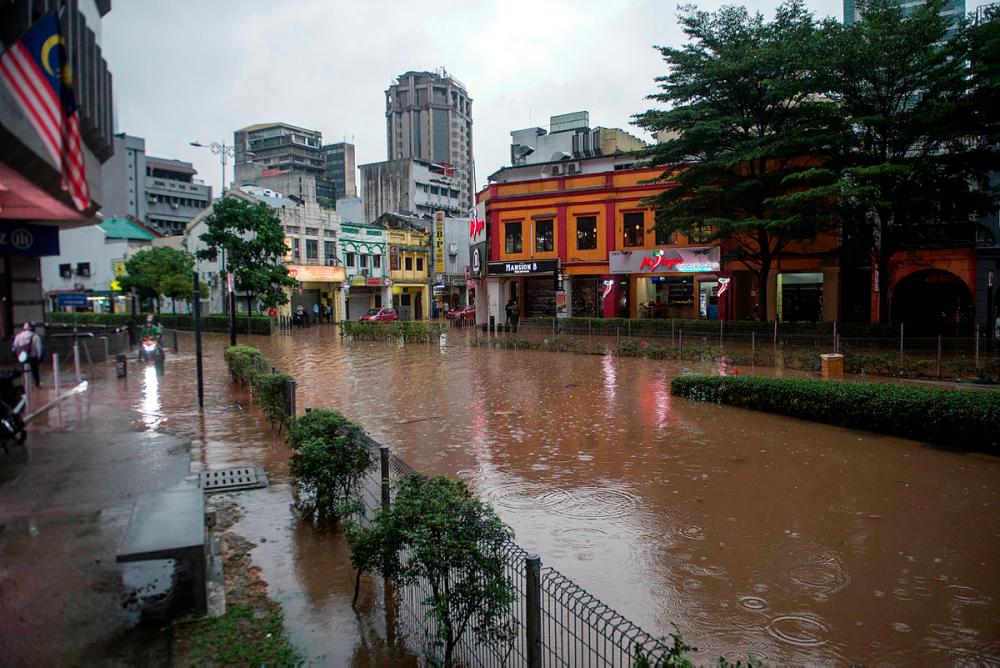UTILITY pipes installed in the drainage system without the approval of Kuala Lumpur City Hall (DBKL) were said to have contributed to the flash floods in the capital recently.
Federal Territories Deputy Minister Datuk Seri Dr Santhara Kumar said drainage capacity had been reduced by up to 40% because of various illegal utility pipes installed within the drainage system.
The deluge of rain that hit Kuala Lumpur caused flash floods in several parts of the city with water level reaching as high as three metres.
With one of the causes identified, DBKL hopes to resolve the matter and prevent it from worsening by ensuring that construction sites only instal pipes in the drainage system of the right specifications.
However, that alone will not ensure an end to flash floods in the capital city. Kuala Lumpur is struggling to cope with floodwater diversion. Widening and deepening our huge monsoon drains to carry floodwater out of the city is no longer a feasible solution.
Had it not for the Stormwater Management and Road Tunnel (SMART Tunnel) being activated to its full capacity, an area of 15ha in the city could have been submerged in floodwater.
Department of Irrigation and Drainage director-general Datuk Nor Hisham Mohd Ghazali told a publication that the city was probably overdeveloped and its drainage system was unable to handle the deluge.
That is where the main problem lies. The Global Forest Watch said Kuala Lumpur lost 11ha of humid primary forest from 2002 to 2019.
The total area of humid primary forest in Kuala Lumpur decreased by 93% in this period, according to the online platform that provides data and tools for monitoring forests.
Due to the Urban Heat Island effect, Greater Kuala Lumpur is set to encounter more frequent freak thunderstorms, severe flash floods and higher temperatures.
China is looking at creating sponge cities that are designed to absorb large amount of water and disperse it back into the environment slowly but effectively. Instead of concrete pavements that do not allow water to be absorbed in the ground, they are opting for more permeable surfaces.
On top of ensuring efficient stormwater management, we could also look at mitigating the Urban Heat Island effect by reducing heat-trapping asphalt and increasing tree cover in the city. The two problems of flood management and urban warming need to be tackled together.














